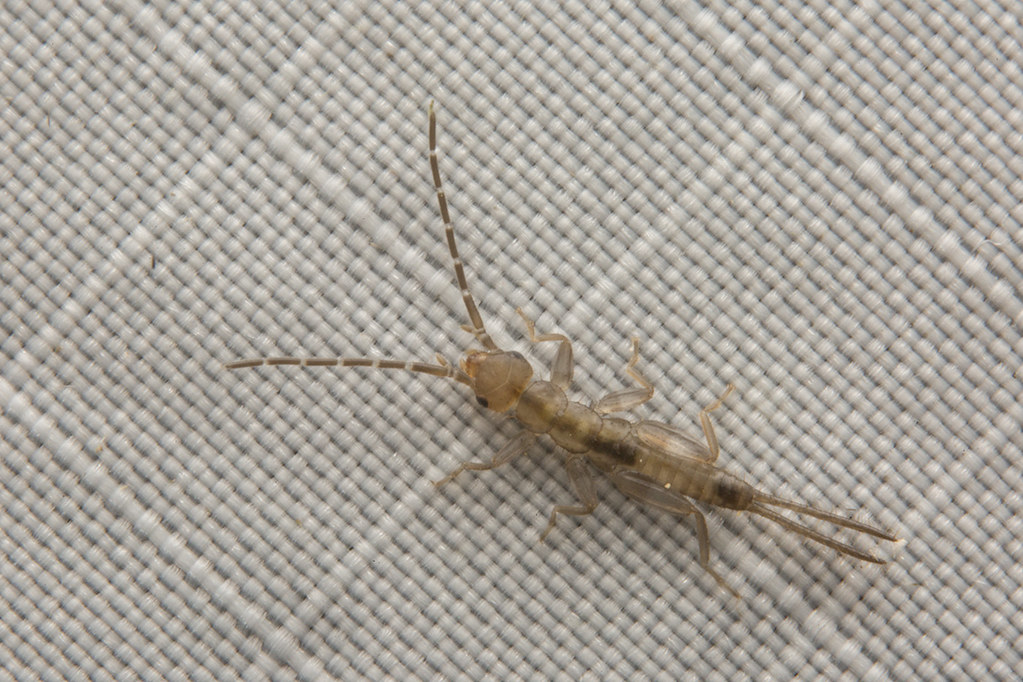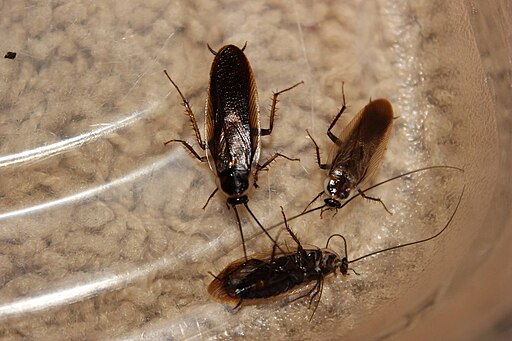When dealing with pests in your home, it’s essential to distinguish between different species to ensure proper management and control. Earwigs and cockroaches are two common pests that people often confuse due to their somewhat similar appearance. However, they have distinct differences that set them apart. Understanding these differences can help in effectively identifying and managing these pests.

 Cockroaches, in contrast, are known carriers of diseases and are known to trigger allergies and asthma in some individuals. Cockroaches can survive in many environments, particularly those that are warm and humid. Cockroaches are also nocturnal and are known for their ability to quickly adapt to various conditions, making them difficult to eradicate once they infest a home.
Cockroaches, in contrast, are known carriers of diseases and are known to trigger allergies and asthma in some individuals. Cockroaches can survive in many environments, particularly those that are warm and humid. Cockroaches are also nocturnal and are known for their ability to quickly adapt to various conditions, making them difficult to eradicate once they infest a home.
Comparison Table: Earwigs vs Cockroaches
| Feature | Earwigs | Cockroaches |
| Size | 5 to 25 mm | 30 to 50 mm |
| Appearance | Dark brown to black, pincers on abdomen | Brown to reddish-brown, long antennae |
| Feeding Habits | Omnivore, prefers plant matter and insects | Omnivore, eats anything |
| Living Habits | Damp, dark places, outdoors or in small numbers indoors | Warm, humid environments, indoors, large infestations possible |
| Health Risks | Harmless to humans | Carries diseases, can trigger allergies |

Appearance
One of the most noticeable differences between earwigs and cockroaches lies in their appearance. Earwigs are typically smaller, ranging from 5 to 25 mm in length. They have a distinctive pair of pincers (forceps) at the end of their abdomen. These pincers are more pronounced in males and are used for defense and catching prey. Earwigs have elongated, flat bodies and are usually dark brown to black. Cockroaches, on the other hand, are larger, with most species measuring between 30 to 50 mm in length. They have a more rounded body shape and are usually brown or reddish-brown. Cockroaches are easily identified by their long antennae and fast, skittering movements. Unlike earwigs, cockroaches have wings, although not all species fly.Characteristics
Earwigs are often associated with myths and misconceptions, such as the belief that they crawl into people’s ears and lay eggs. However, this is purely a myth. Earwigs are usually harmless to humans and prefer to hide in dark, moist environments. Cockroaches, in contrast, are known carriers of diseases and are known to trigger allergies and asthma in some individuals. Cockroaches can survive in many environments, particularly those that are warm and humid. Cockroaches are also nocturnal and are known for their ability to quickly adapt to various conditions, making them difficult to eradicate once they infest a home.
Cockroaches, in contrast, are known carriers of diseases and are known to trigger allergies and asthma in some individuals. Cockroaches can survive in many environments, particularly those that are warm and humid. Cockroaches are also nocturnal and are known for their ability to quickly adapt to various conditions, making them difficult to eradicate once they infest a home.
Feeding Habits
The feeding habits of earwigs and cockroaches also differ significantly. Earwigs are omnivores, they can feed on a variety of plant materials, insects, and decaying organic matter. They are not known to cause significant damage to homes but may become a nuisance if they invade gardens or indoor spaces in large numbers. Cockroaches are also omnivores but have a much broader diet. They feed on anything from food scraps to paper, fabric, and even glue. This opportunistic feeding behavior makes cockroaches a significant problem in homes, where they can contaminate food sources and spread bacteria.Living Habits
Earwigs live in damp, dark places such as under rocks, mulch, or within decaying wood. They are not typically found in large numbers indoors unless they are seeking shelter from harsh outdoor conditions. Their presence indoors is often accidental, and they are not known to establish large infestations. Cockroaches, however, thrive in human habitats. They are commonly found in kitchens, bathrooms, and other areas where food and moisture are abundant. Cockroaches can reproduce rapidly, leading to large infestations that are challenging to control. They are also adaptable and can survive for long periods without food.Myths and Facts about Earwigs and Cockroaches
| Myth | Fact |
| Earwigs crawl into people’s ears to lay eggs. | Earwigs do not lay eggs in ears; this is a baseless myth. |
| Cockroaches only infest dirty homes. | Cockroaches can infest any home, clean or dirty, as long as they find food and moisture. |
| Earwigs are dangerous and bite humans. | Earwigs are not dangerous to humans and rarely bite. |
| Cockroaches can survive without their heads. | Cockroaches are known to survive for weeks without their heads due to their simple circulatory system. |
| Earwigs are a sign of a severe infestation. | Earwigs usually enter homes accidentally and do not typically indicate an infestation. |




